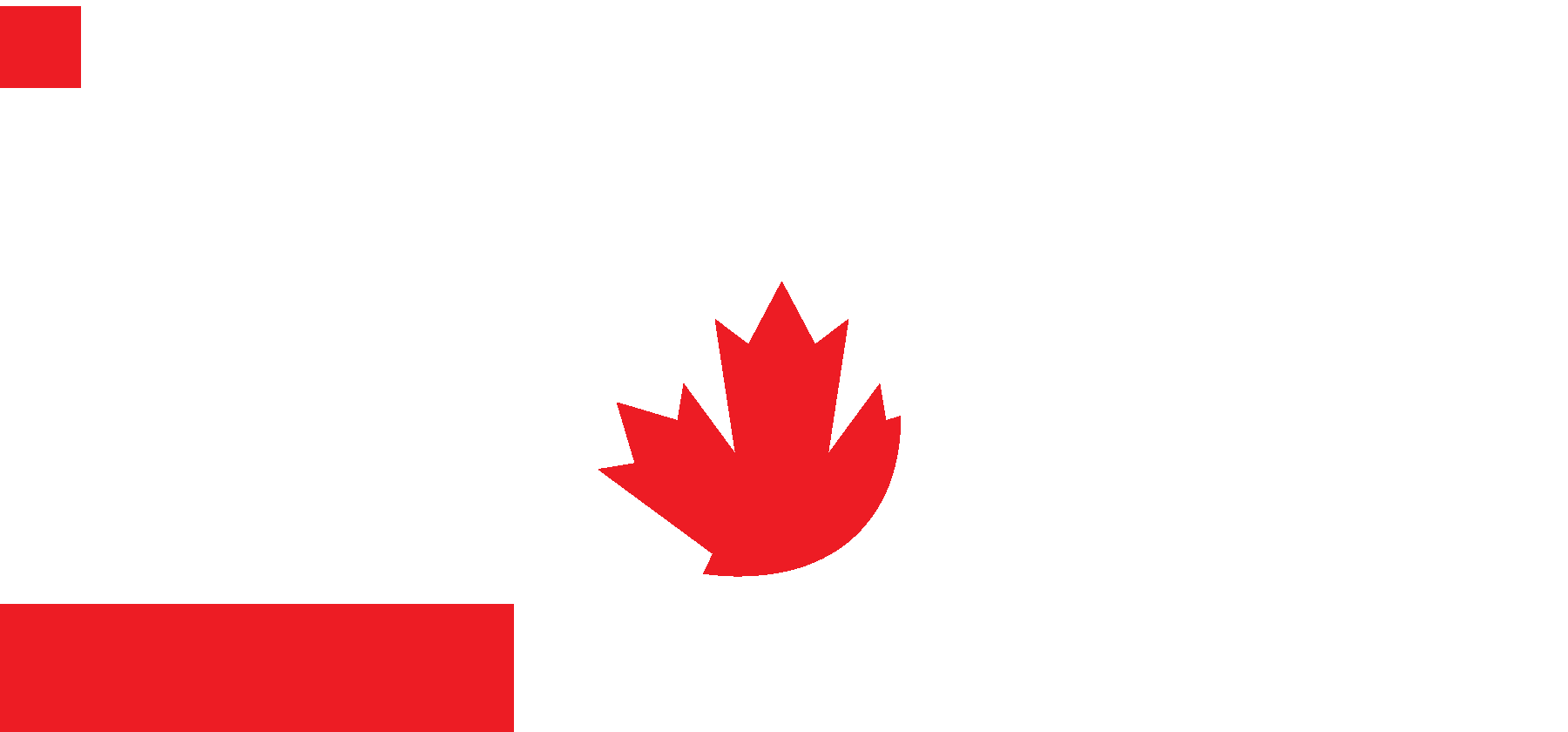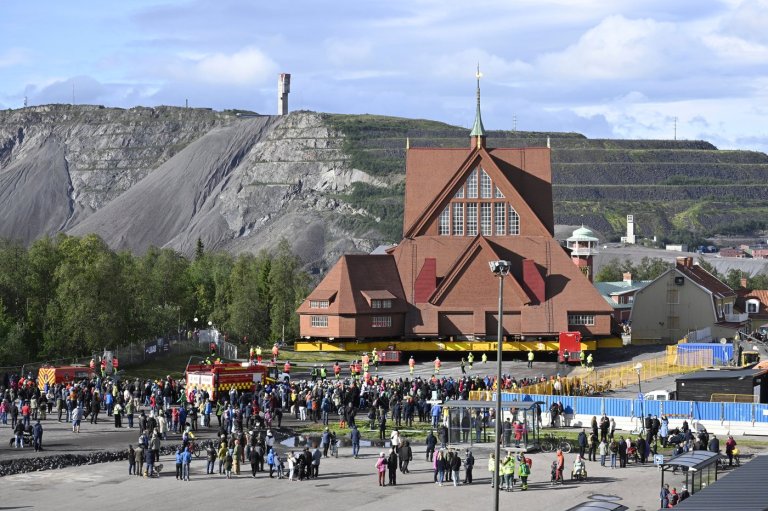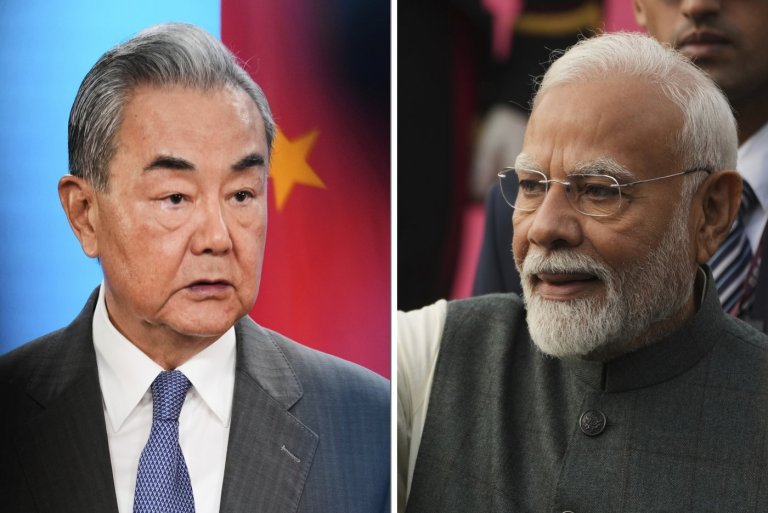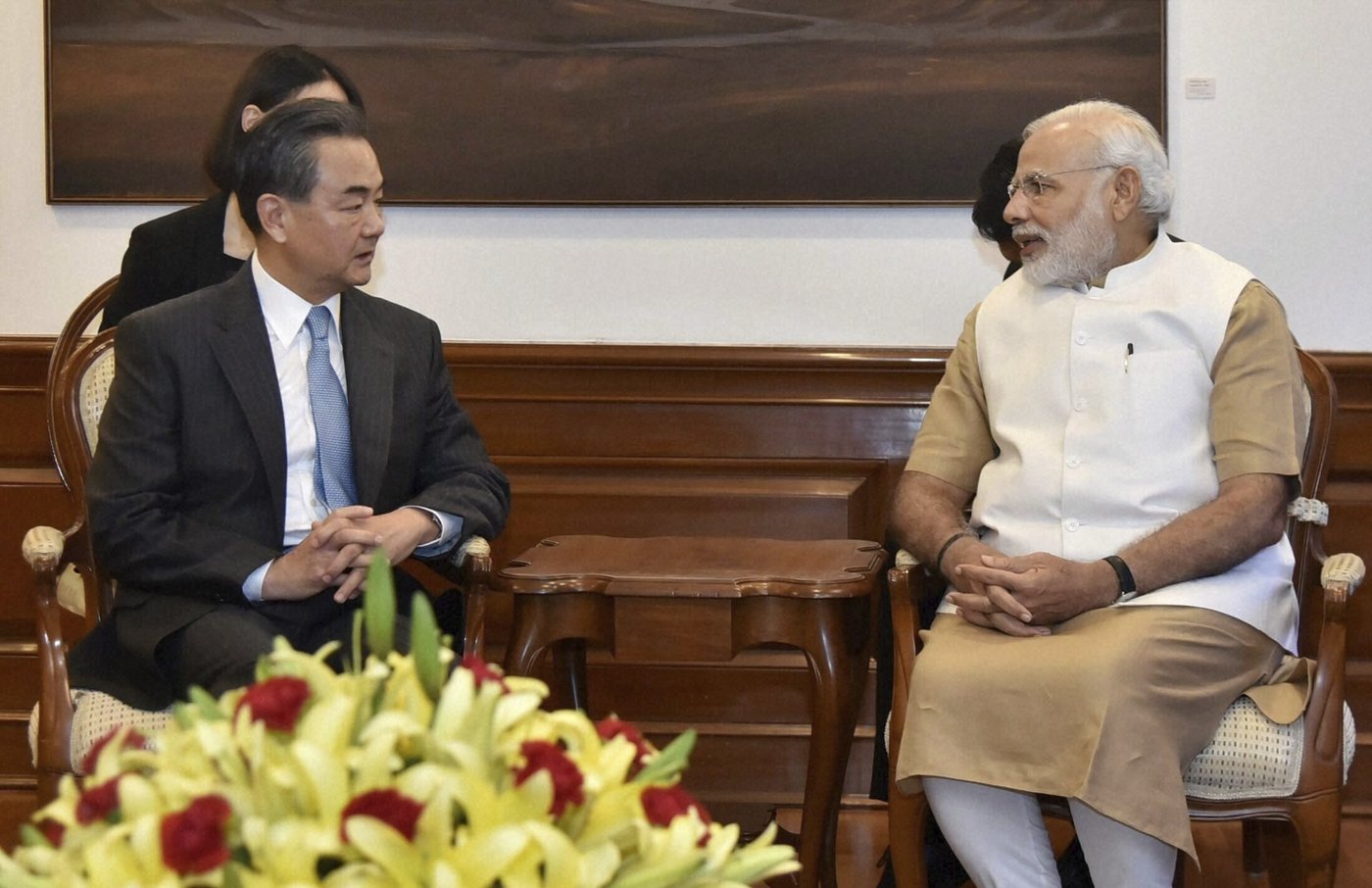
India’s Modi to meet China’s top diplomat as Asian powers rebuild ties
NEW DELHI (AP) — Indian Prime Minister Narendra Modi will meet with China’s top diplomat on Tuesday in a sign of easing tensions between the nuclear-armed neighbors after a yearslong standoff between the Asian powers.
Chinese Foreign Minister Wang Yi, who arrived in India on Monday, is scheduled to hold talks with Modi and other leaders, including National Security Adviser Ajit Doval, about the disputed border in the Himalayan mountains. Reducing the number of troops on the border, and resuming some trade there, is expected to be on the agenda.
The rebuilding of ties coincides with friction between New Delhi and Washington after U.S. President Donald Trump imposed steep tariffs on India, a longtime ally seen as a counterbalance against China’s influence in Asia. India is part of the Quad security alliance with the U.S. along with Australia and Japan.
‘Compromise at the highest political level’
India and China’s decades-old border dispute worsened in 2020 after a deadly clash between their troops in the Ladakh region. The chill in relations affected trade, diplomacy and air travel as both sides deployed tens of thousands of security forces in border areas.
Some progress has been made since then.
Last year, India and China agreed to a pact on border patrols and withdrew additional forces along some border areas. Both countries continue to fortify their border by building roads and rail networks.
In recent months, the countries have increased official visits and discussed easing some trade restrictions, movement of citizens and visas for businesspeople. In June, Beijing allowed pilgrims from India to visit holy sites in Tibet. Both sides are working to restore direct flights.
Last week, the spokesman for India’s foreign ministry, Randhir Jaiswal, said India and China were in discussions to restart trade through three points along their 3,488-kilometer (2,167-mile) border.
Manoj Joshi, a fellow at the Observer Research Foundation, a New Delhi-based think tank, said relations are still at an uneasy level of normalization.
“Settling the boundary issue between the two countries requires political compromise at the highest political level,” said Joshi, who also served as a member of the advisory board for India’s National Security Council. He asserted that the countries are “still talking past each other when it comes to the border dispute and issues surrounding it.”
On Monday, China’s Foreign Ministry spokesperson Mao Ning said Beijing is willing to take Wang’s India visit as an opportunity to work with the Indian side to “properly handle differences and promote the sustained, sound and stable development of China-India relations.”
Mao said Wang’s meeting with Modi’s national security adviser will “continue in-depth communication to jointly safeguard peace and tranquility in the border areas.”
Modi plans to visit China soon
The thaw between Beijing and New Delhi began last October when Modi and Chinese President Xi Jinping met at a summit of emerging economies in Russia. It was the first time the leaders had spoken in person since 2019.
Modi is set to met Xi when he travels to China late this month — his first visit in seven years — to attend the summit of the Shanghai Cooperation Organization, a regional grouping formed by China, Russia and others to counter U.S. influence in Asia.
Earlier this year, Xi called for India and China’s relations to take the form of a “dragon-elephant tango” — a dance between the emblematic animals of the countries.
Last month, India’s external affairs minister visited Beijing in his first trip to China since 2020.
The U.S. and Pakistan play roles in the thaw
The renewed engagement comes as New Delhi’s ties with Trump are fraying. Washington has imposed a 50% tariff on Indian goods, which includes a penalty of 25% for purchasing Russian crude oil. The tariffs take effect Aug. 27.
India has shown no sign of backing down, instead signing more agreements with Russia to deepen economic cooperation.
Trump’s renewed engagement with India’s arch rival, Pakistan, has also encouraged New Delhi’s overtures to China, said Lt. Gen. D.S. Hooda, who led Indian military’s Northern Command from 2014 to 2016.
In June, Trump hosted Pakistan’s army chief for a White House lunch and later announced an energy deal with Islamabad to jointly develop the country’s oil reserves. Both followed Trump’s claims of brokering a ceasefire between India and Pakistan after the two sides traded military strikes in May.
That clash saw Pakistan use Chinese-made military jets and missiles against India.
“China is heavily invested in Pakistan and, practically speaking, you can’t have any expectation that Beijing will hold back support to Islamabad,” Hooda said. “But you can’t have two hostile neighbors on your borders and simultaneously deal with them also.”
___
Associated Press writer Aijaz Hussain in Srinagar, India, and video producer Liu Zheng in Beijing contributed to this report.
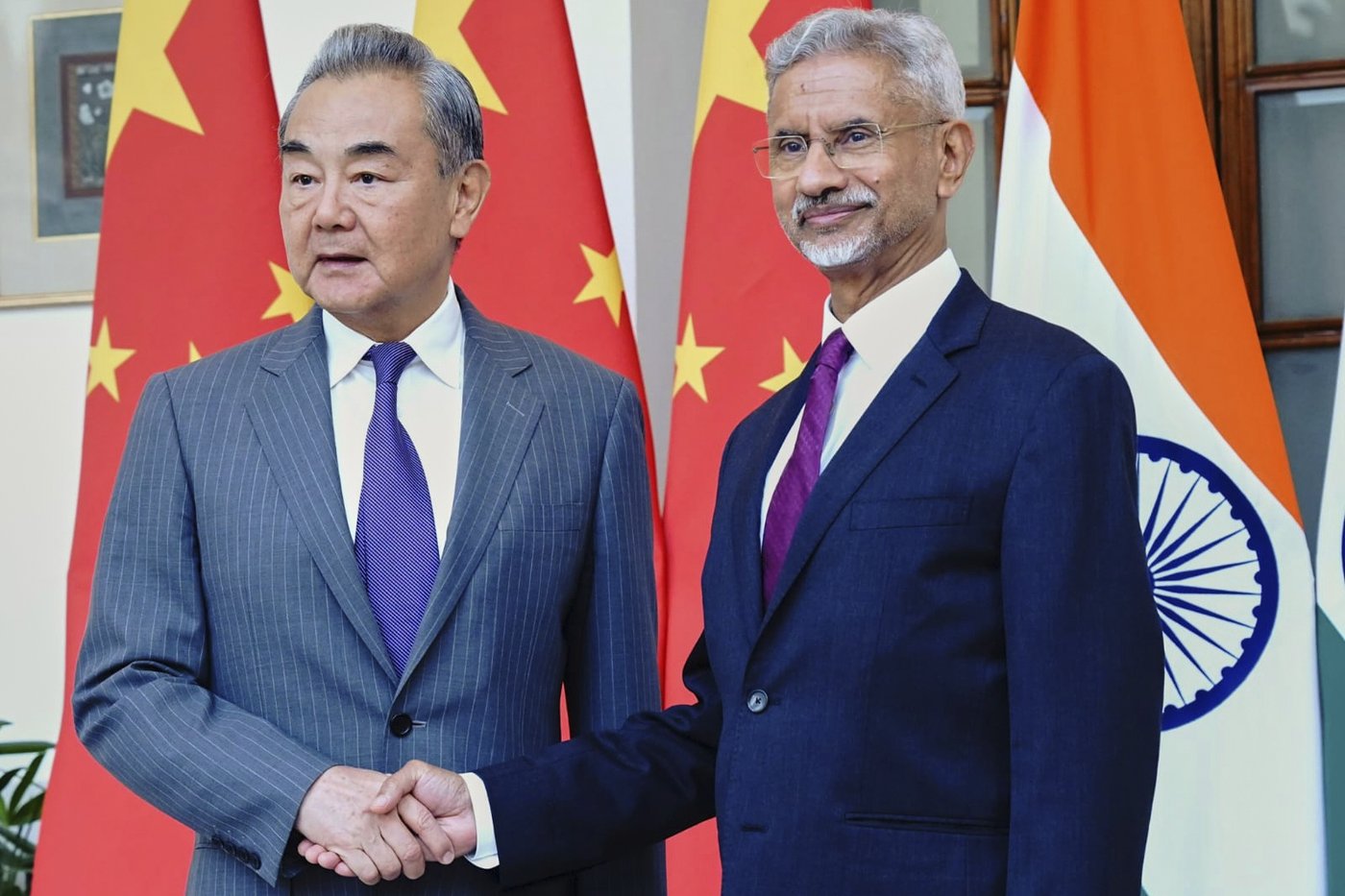
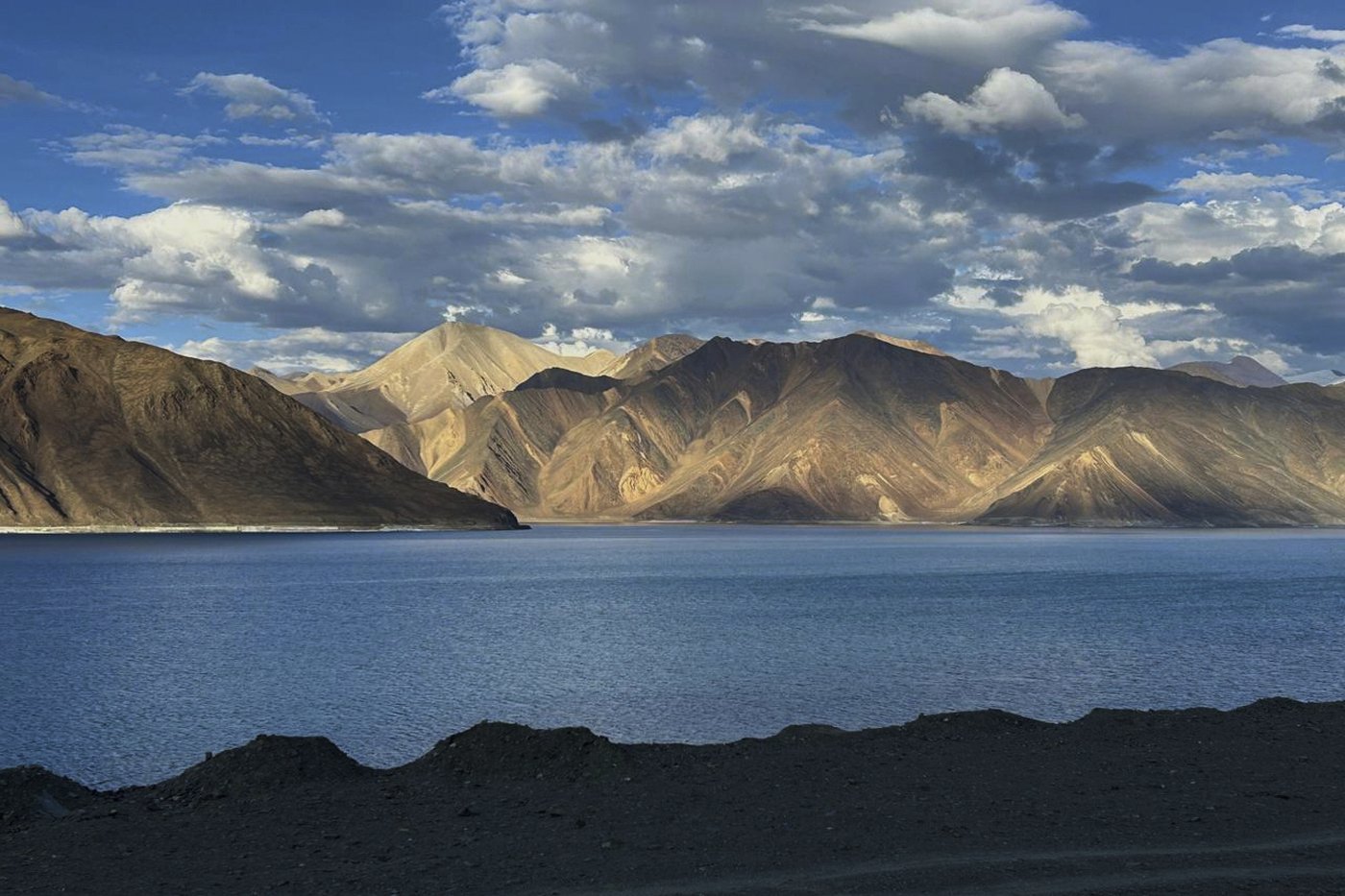
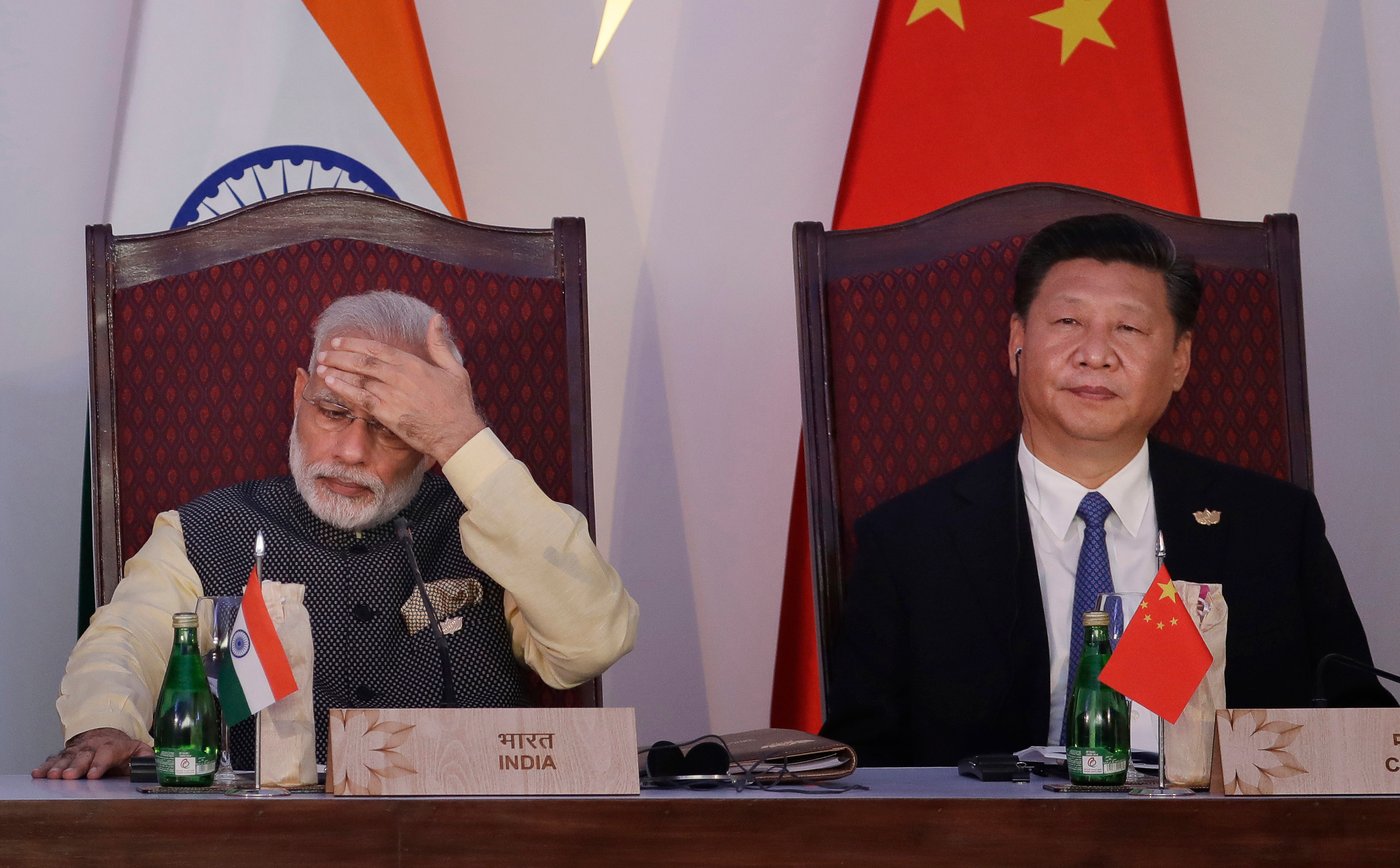
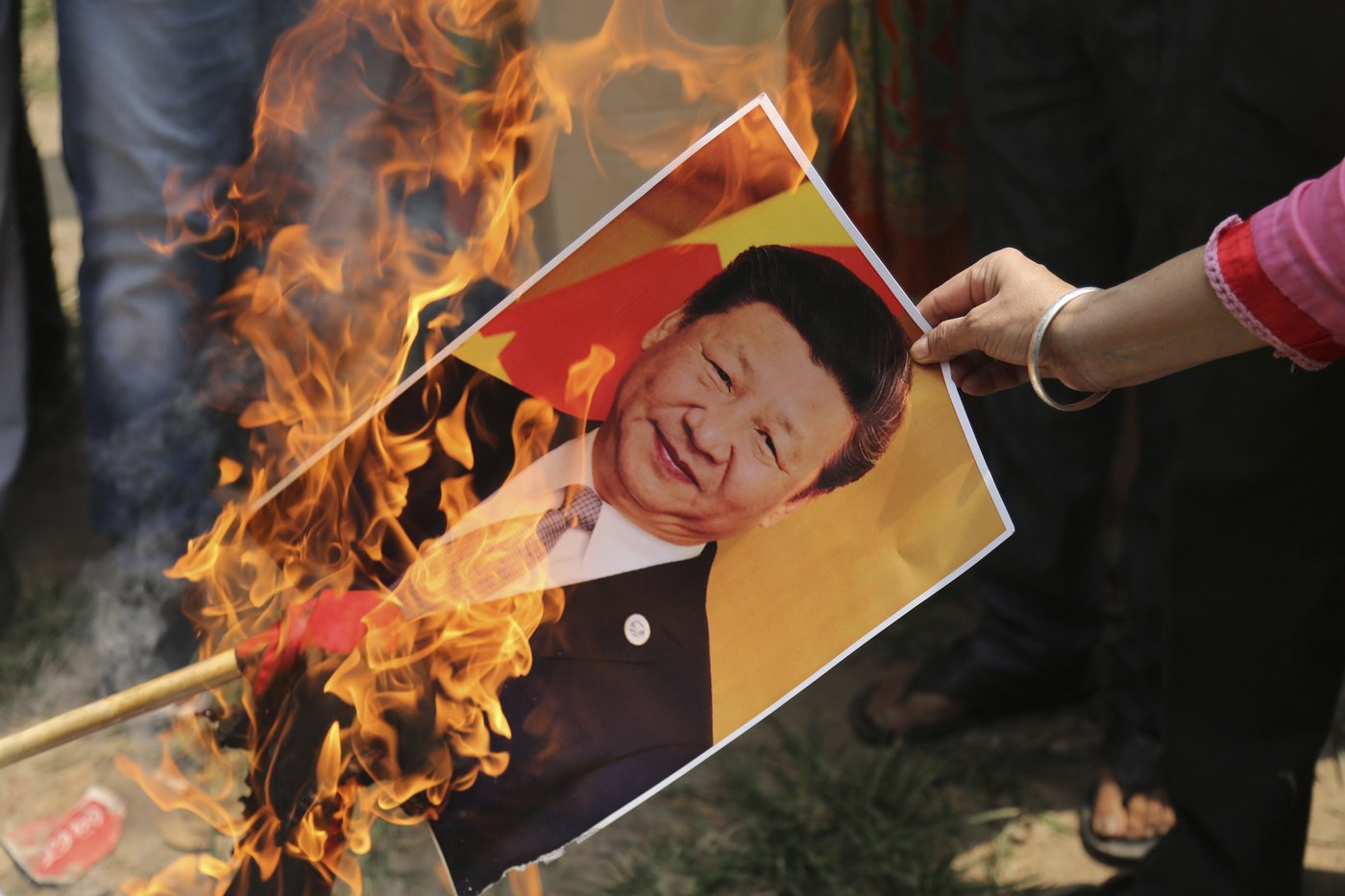
Join the Conversation!
Want to share your thoughts, add context, or connect with others in your community?
You must be logged in to post a comment.







